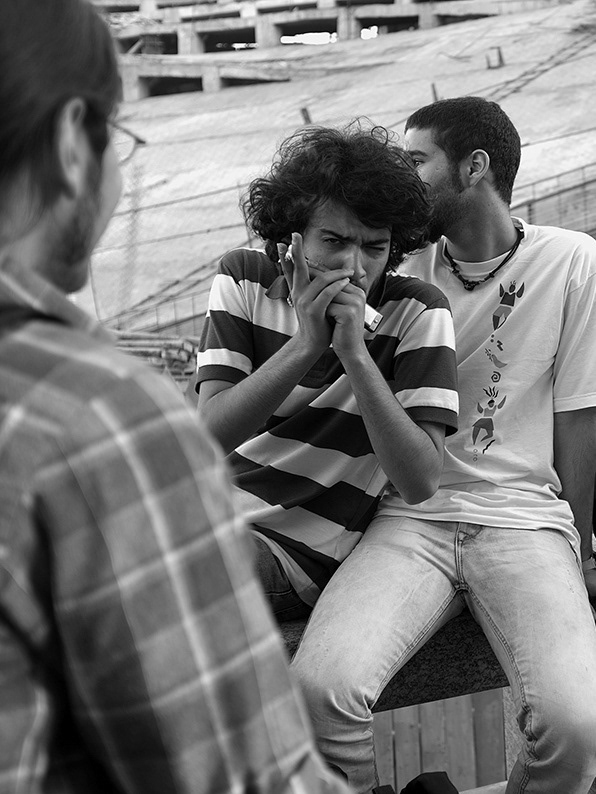This project showcases rare images of a camp of gypsies taken on the outskirts of Bardaskan, Iran, that I was able to photograph on November 17th, 2019. Here, I focused on the children of the camp: small work-worn hands, ragged shoes, dirty faces, and plastic patches on tents tell the story of their lost childhood.
This community of gypsies has been on its way northwards from Sistan to find seasonal low paid work in the saffron fields of Khorasan. Iranian gypsies are characterized by their nomadic way of life, social marginality, low social status as well as certain types of occupations such as begging, metal- and woodworking, or basket weaving. According to Prof. Sikandar Amanolahi at Shiraz University little to no data exists about Iran’s gypsies. While there have been many prohibitions imposed on their traditional lifestyle after 1979, the government has done little to provide alternatives for the communities to improve their living conditions. This project shows that especially the children suffer from this lack of protection and support. Talking to the men and women in the camp, I understood that they consider their children to be free workforce at best but above all, children are a burden: hungry mouths that need to be fed. For more than 30 years, UNICEF works on the implementation of the international agreement of childhood – the United Nations Convention on the Rights of the Child. These children, like so many others in the world, obviously did not profit from this important Convention yet. This needs to change. The loss of childhood is an irreversible and terrifying incident. Something a society cannot recover from. I was on my way from Mashhad to the Kavir desert for a photo project when I passed this gypsy camp. Following my instincts, I stopped my car immediately.





